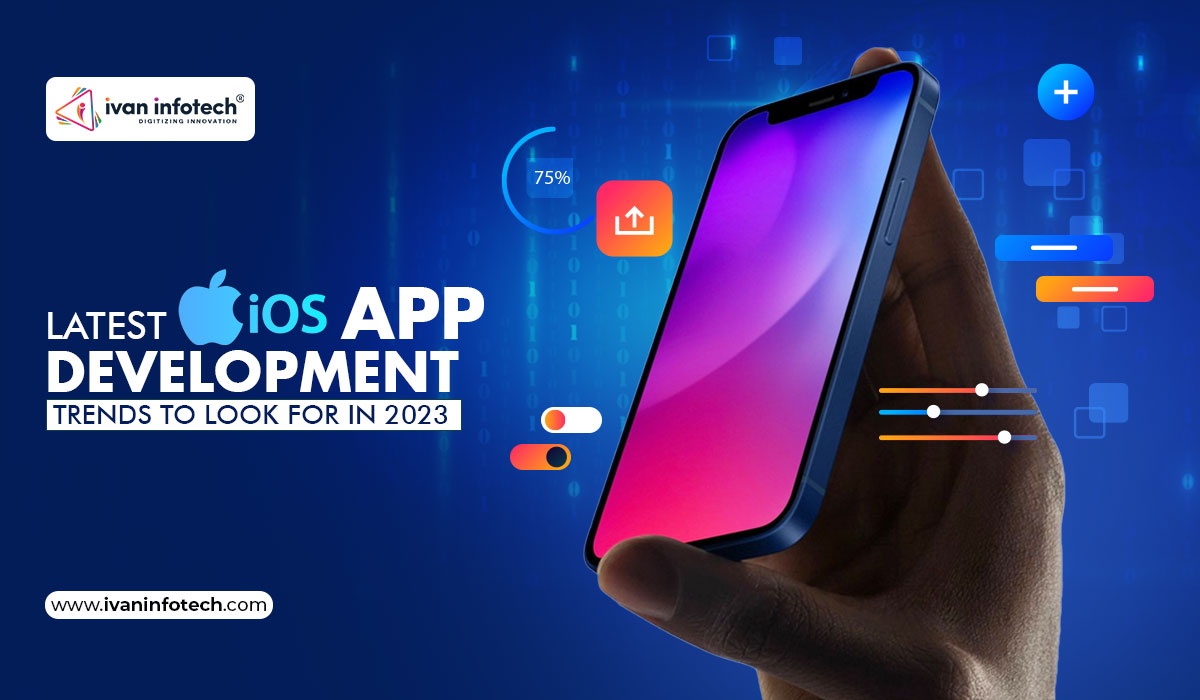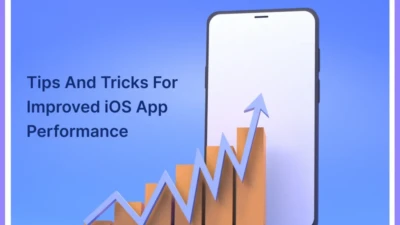As technology continues to evolve at a rapid pace, it is crucial for app developers to stay updated with the latest trends in iOS development. In this article, we will explore the key trends shaping the iOS app development landscape and how developers can leverage them to create innovative and engaging apps.
1. The Rise of SwiftUI: Revolutionizing App Development
With the introduction of SwiftUI, Apple has revolutionized the way developers create user interfaces for iOS apps. This declarative framework allows developers to build interfaces using simple and intuitive code, reducing the time and effort required for development. SwiftUI also provides a seamless experience across all Apple platforms, making it a game-changer in iOS app development.
2. Embracing Augmented Reality (AR) for Immersive Experiences
AR has gained immense popularity in recent years, and iOS developers are capitalizing on this trend to create immersive and interactive experiences. With the ARKit framework, developers can integrate virtual objects into the real world, opening up a world of possibilities for gaming, education, shopping, and more. The latest iOS trends in app development emphasize leveraging AR to deliver unique and engaging user experiences.
3. Enhancing User Privacy with App Tracking Transparency
Data privacy has become a top concern for users, and Apple has taken significant steps to address this issue. The introduction of App Tracking Transparency (ATT) empowers users to control how their data is tracked across apps and websites. As an iOS developer, understanding and implementing ATT is crucial to building trust with your users and ensuring their privacy.
4. Leveraging Machine Learning with Core ML
Machine Learning (ML) has become an integral part of app development, and Apple’s Core ML framework makes it easier than ever to incorporate ML models into iOS apps. Whether it’s image recognition, natural language processing, or predictive analysis, Core ML allows developers to harness the power of ML to create intelligent and personalized experiences for users.
5. Harnessing the Power of Cloud Technologies
Cloud technologies have transformed the way apps are developed and deployed. With iCloud, developers can seamlessly sync data across devices, ensuring a consistent experience for users. Additionally, cloud-based backend services like Firebase and AWS provide scalable infrastructure and powerful tools to streamline app development and enhance user engagement.
6. Exploring the Potential of 5G Technology
The rollout of 5G networks promises lightning-fast speeds and ultra-low latency, opening up new possibilities for iOS app development. Developers can leverage the power of 5G to create real-time multiplayer games, immersive augmented reality experiences, and seamless video streaming. Understanding the capabilities of 5G and optimizing apps for this technology will be crucial in the coming years.
7. Embracing SwiftUI and UIKit Hybrid Development
While SwiftUI offers a modern and intuitive way to build user interfaces, many existing iOS apps are built using UIKit. To bridge this gap, developers are embracing SwiftUI and UIKit hybrid development. This approach allows developers to gradually adopt SwiftUI while leveraging the existing UIKit codebase, ensuring a smooth transition to the latest iOS trends in app development.
In conclusion, understanding the latest iOS trends in app development is essential for staying ahead in the ever-evolving tech industry. By embracing SwiftUI, exploring the potential of augmented reality, prioritizing user privacy, harnessing machine learning, leveraging cloud technologies, optimizing for 5G, and adopting a hybrid approach, developers can create innovative and engaging iOS apps that resonate with users.
Disclaimer: The information provided in this article is for informational purposes only. The views and opinions expressed are those of the author and do not necessarily reflect the official policy or position of any company or organization.












